The Crush
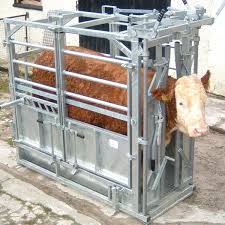
The first area that must be looked at before weighing is the crush. The crush must be designed and placed in such a manner as to cause the least amount of stress to the cattle as possible. It is therefore important that the producer follow the general guidelines when constructing the crushes to be used in his farm.
The crush used for weighing cattle must also be as level as possible as the scale will have to be placed and adjusted to the horizontal to measure accurately. Cattle that are stressed will also not stand still long enough on the scale to ensure that the weight measurement is accurate.
The Scale
The scales most commonly used to determine the mass of cattle are modified platform scales. Depending on the size and type of scales used the scale will consist of a platform placed on load censors, either four sensors on each corner of the frame or six censors with an extra sensor placed in the middle of the frame one on each side. This placement of the load sensors necessitates the horizontal placement of the scale to obtain accurate readings.
Examples:
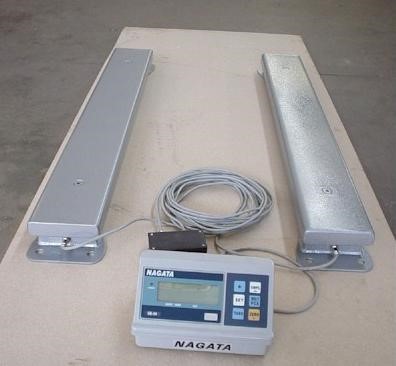 |
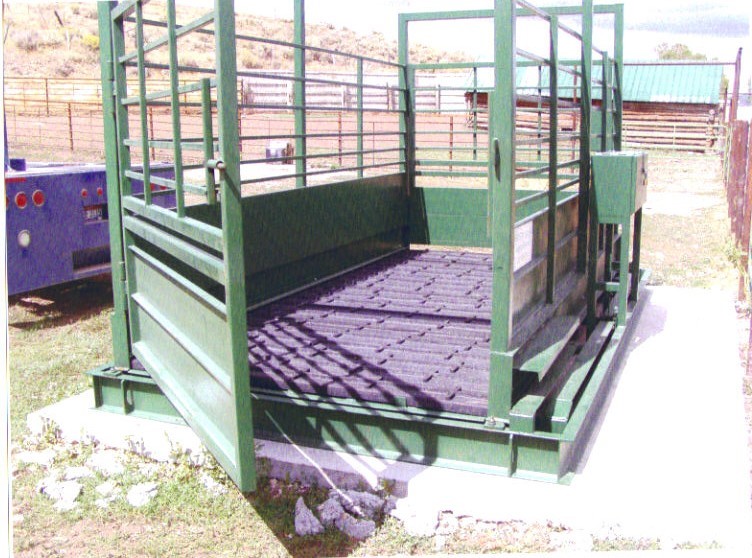 |
| Weigh-bar Scale | Scale with Chute |
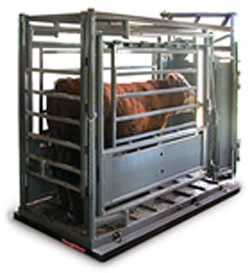 |
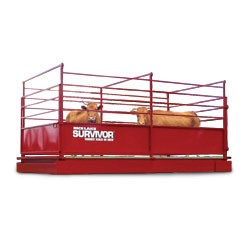 |
| Single Animal Scale | Portable Scale |
Scales must also be checked before use to ensure that they are clean and that no dirt or mud is trapped or interfering with the operation of the load sensors. Although robustly constructed it is advisable that the calibration of the scale is checked before cattle are weighed and that the scale is calibrated at least every 12 months by the supplier or a professionally accredited company.
To check the calibration of the scale weight of at least 50 Kg must be used. Place the weight alternatively on each corner, or load sensor, of the scale and take a reading. If the reading differs greatly the supplier should be contacted, and a replacement scale used. Also, ensure that the weight on the scale readout always return to Zero when the weight is removed.
Calibration of Scales
Definition: Calibration is the act of checking or adjusting (by comparison with a standard) the accuracy of a measuring instrument; "the thermometer needed calibration".
Scales associated with weighbridges are generally calibrated once a year by the manufacturer or their servicing agent and involves ‘fine adjustments’ to the springs on which the scale balances to ensure that when there is nothing on the scale, it read zero (0).
Some scales can be calibrated by the scale owner and will involve setting the scale’s reading instrument to read exactly what a known weight is that is placed on the scale. E.g. if a 100 kg weight is placed on the scale, the reading instrument is adjusted to also read 100kg and the scale is now calibrated against this known weight.
Always ensure that the scale is horizontally placed before use or calibration!
Click here to view a video that explains the calibration of scales.
Click on the link/s below to open the resources.